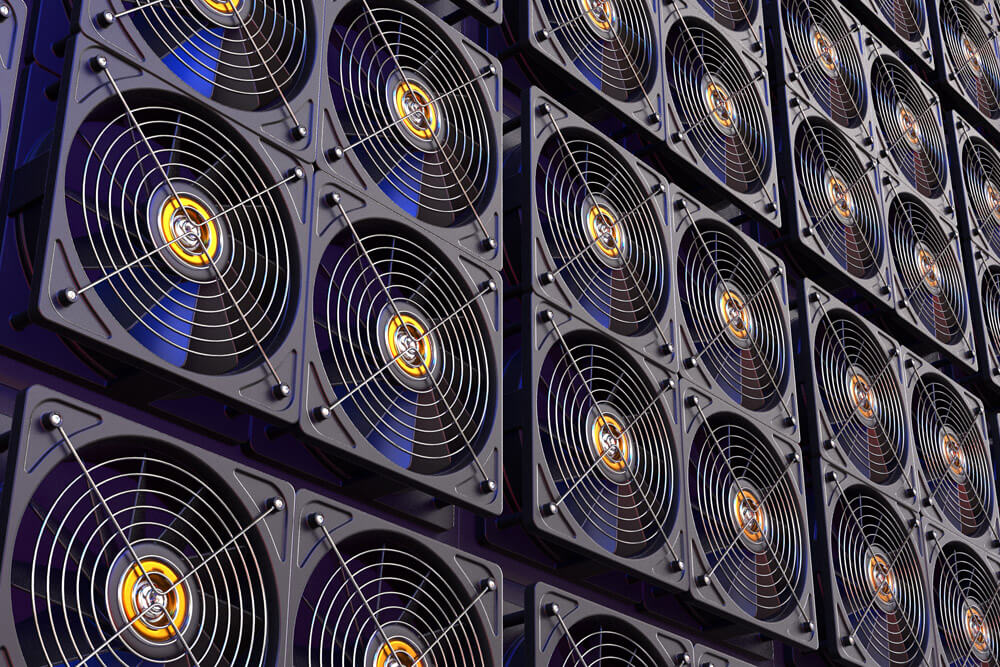Bitcoin’s price rise in late 2017 gave way to a mining “gold rush” of sorts. Bitcoin ASICs, the machines used to mine the cryptocurrency, were being sold for thousands of dollars by chip manufactures. But with the ever-rising difficulty due to more miners joining the network, along with the massive price decline, it’s becoming impossible for many miners to turn a profit.
Razor Thin Profit Margins Becoming Thinner
The price of one bitcoin peaked at around $20,000, ushering in a new era of Bitcoin mining. The boom saw tens of thousands of Bitcoin ASICs deployed in data centers around the world, attempting to create a block and cash in on the mining rewards.
This massive influx of miners forced the hash rate, and subsequently the difficulty, through the roof. Miners were earning less BTC per machine, but the price increase compensated. Miner’s fiat value per machine stayed relatively flat. However, this “honeymoon period” wouldn’t last forever. As the price started to drop,

Now, eleven months since the peak, the hash rate has increased almost four times while $700 billion dollars has been erased from the total cryptocurrency market cap. The price of a bitcoin has fallen to $4,300 with no tangible end in sight.
Can’t Even Keep the Lights On
Miners in the ecosystem that have arguably been hit the hardest. The nature of Bitcoin mining gives miners a short time window where they can make a return on their hardware investment. Electricity costs, rent, cooling, and other overhead costs are slowing their ROI even more.
Many miners are getting to the point where their income from their machines isn’t even covering the overhead costs. According to a report from F2Pool, one of the largest Bitcoin mining pools, the “shutdown price” has been hit for several older Bitcoin ASIC models including the Antminer S7, T9 and Avalon A741.

For the first half of the year, the hash rate continued to rise despite the declining Bitcoin price, as it was still high enough to keep it profitable. However, the continued dips started pricing some miners out around September/October, as seen on the graph.
Miners Turning Off, Selling Machines
The past two months have been the longest sustained difficulty drop since the release of ASICs, and the price isn’t instilling much confidence that this hash drop will end anytime soon.
Many miners are throwing in the proverbial towel, trying to sell off their miners on the second-hand market with little luck. ASICs that cost thousands of dollars just a year ago is being sold in droves for 80-90 percent less than retail. And even at those prices, many potential buyers aren’t interested in used hardware.
BRUTAL: this is what’s happening now in a China based mining site …. 😨😨 pic.twitter.com/gcN4lVTyBt
— Dovey "Rug the fiat" Wan (hiring) (@DoveyWan) November 20, 2018
Pictures coming out of China show mining machines thrown around on the ground haphazardly outside data centers or boxed up in warehouses not being used due to lack of profitability. These pictures just seem like more bad news for the markets, however, there’s a possibility of some of these are from a flood in China earlier this year that took out several large mining data centers.
The cryptocurrency markets desperately need some good news to reverse this slump, but unfortunately, it doesn’t seem like it will be coming anytime soon.
What do you think about this trend in mining? Will another price spike bring back the profitability? Let us know in the comments below!
Images courtesy of Blockchain.info, Shutterstock, LBN Archives



